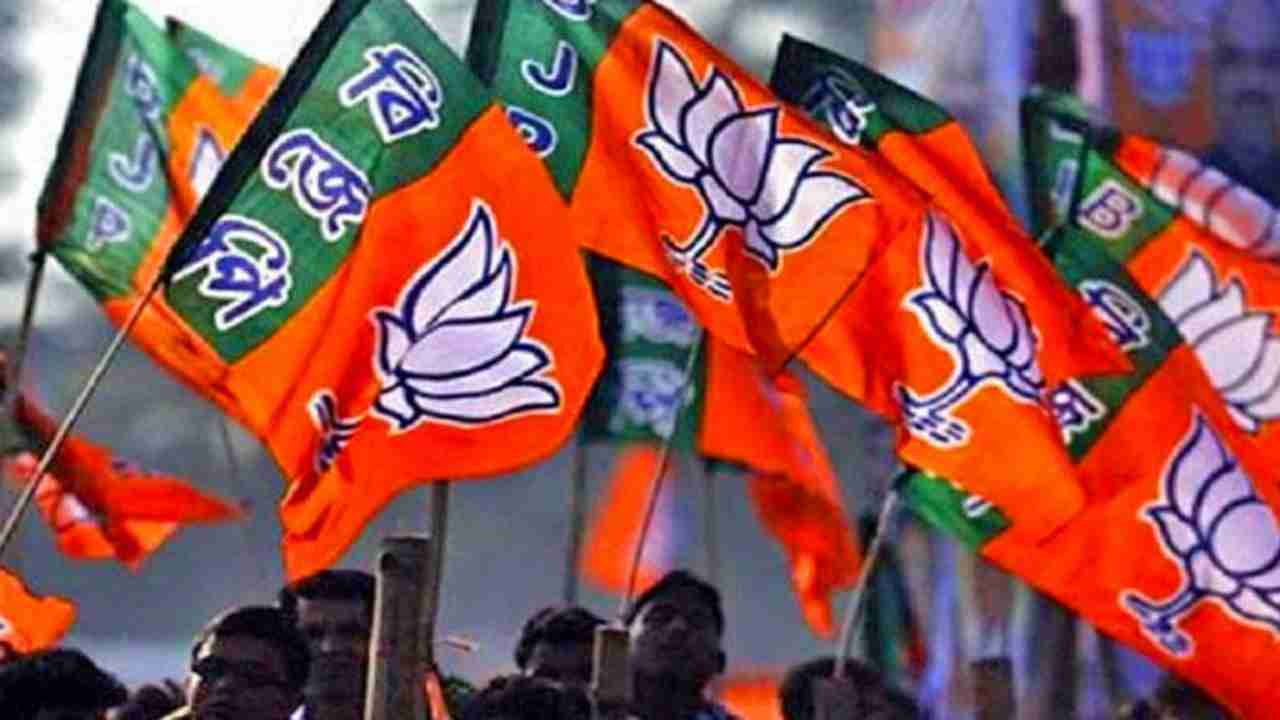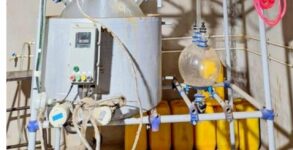The sharp decline in BJP’s vote share during the recently-held panchayat polls in West Bengal, coupled with the unexpected resurgence of the Left and Congress, raises questions about the party’s ambitious target of securing 35 Lok Sabha seats from the state in the 2024 elections. While the Bengal BJP narrowly maintained its main opposition position with a 22.88% vote share, down from 38% in 2021 assembly polls, the Left-Congress-ISF alliance has doubled its vote share to 20.80%, up from 10% in the previous state polls, posing a significant challenge.
The TMC achieved its highest-ever vote share of approximately 51.14%, surpassing its previous result of nearly 48% in the last assembly polls. While state BJP leaders attributed the party’s decline to alleged violence and bloodshed during the polls, they also acknowledged the need to address internal organisational challenges plaguing the saffron camp since the assembly poll defeat.
”You cannot remain in denial by claiming that everything is alright with the organisation and look the other way by blaming violence for the decline in vote share. Organisational loopholes need to be identified and plugged,” BJP national secretary Anupam Hazra told PTI.
Speaking on the state unit’s ambitious target of winning 35 out of the 42 Lok Sabha seats in the state, Hazra said, ”It seems tough if you go by the dismal status of the organisation.”
”In politics, nothing is impossible, but there are doubts if you go by our present organisational strength and decline in vote share in the last few elections. But at the same time, you must acknowledge the captivating effect Prime Minister Narendra Modi has when he starts campaigning for the Lok Sabha polls as there is no challenger in the opposition camp,” he said. In April, Union Home Minister Amit Shah had set a target of winning 35 seats from the state. The three-tier rural polls, in which nearly 65 per cent of the state’s population voted to elect members of village councils, gave all the parties an estimation of their booth-level organisational preparedness ahead of the 2024 polls. Despite securing over 10,000 seats, a significant rise from the violence-hit 2018 rural polls, the BJP’s assessment of its grassroots strength remains unsatisfactory, particularly in its former strongholds of North Bengal and tribal-dominated Junglemahal districts, prompting considerations for organisational changes up to the district committee levels. ”We are not saying we don’t need to look at our own backyard as there have been lapses.
Organisational changes are in the offing. Several local unit presidents will be changed, and some district units will also be changed. We will do everything that is needed to achieve the target of 35 seats,” BJP state general secretary Agnimitra Paul said, adding that violence also affected the party to a great extent. The Trinamool Congress this time benefitted from the triangular contest, securing a staggering 79% of the gram panchayats, 92% of panchayat samiti, and 100% of zilla parishads, with a significant win of 2,634 out of 3,317 gram panchayats in West Bengal in terms of absolute numbers. In the 2018 rural polls, the party secured 90% of the panchayat seats. Despite obstacles, the BJP bagged nearly 7,000 seats, leading to the then party national president Amit Shah’s ambitious target of winning 23 Lok Sabha seats in the 2019 elections, ultimately achieving 18 seats, a substantial increase from their previous tally of two in 2014. Following its defeat in the 2021 assembly polls, the BJP in West Bengal has been grappling with internal conflicts, defections and electoral setbacks, as evidenced by declining vote shares in the Bhabanipur by-election, Kolkata Municipal Corporation (KMC) polls last year and the Sagardighi bypoll, while the CPI (M) and Congress-Left alliance have made notable gains, further denting the saffron party’s position in the state.
The BJP’s decline started with the Bhabanipur byelection, where its vote share dropped to 22% from 35%, and persisted in the KMC polls, with only 20% of the vote share compared to 29% it had achieved in the assembly elections in the same areas. The BJP’s underwhelming performance extended to the civic polls in 108 municipalities and the Asansol Lok Sabha bypoll, where it suffered a significant defeat, losing a previously held seat to the TMC by a wide margin. In the Sagardighi bypoll this year, there was a significant 28% swing of votes towards the Congress from the BJP and TMC, resulting in a sharp decline in the BJP’s vote share from 24% to 13.94% during that period. ”We don’t think rural polls should be set as a benchmark of our strength or weakness. We are confident of achieving our target in the next Lok Sabha polls,” BJP spokesperson Samik Bhattacharya said.
TMC spokesperson Kunal Ghosh felt that the ”decline of BJP, which started from 2021 assembly polls, will culminate with its defeat at the Centre in the next Lok Sabha polls.” Political scientist Biswanath Chakraborty pointed out that the leadership crisis and lack of binary narrative led to the saffron camp’s dismal performance and predicted that the slide would continue. ”The target of 35 seats is a farfetched dream for the BJP. Whether it would be able to retain the number of seats it had won last time is now a big question as they have been the biggest loser in this election,” he said.


















